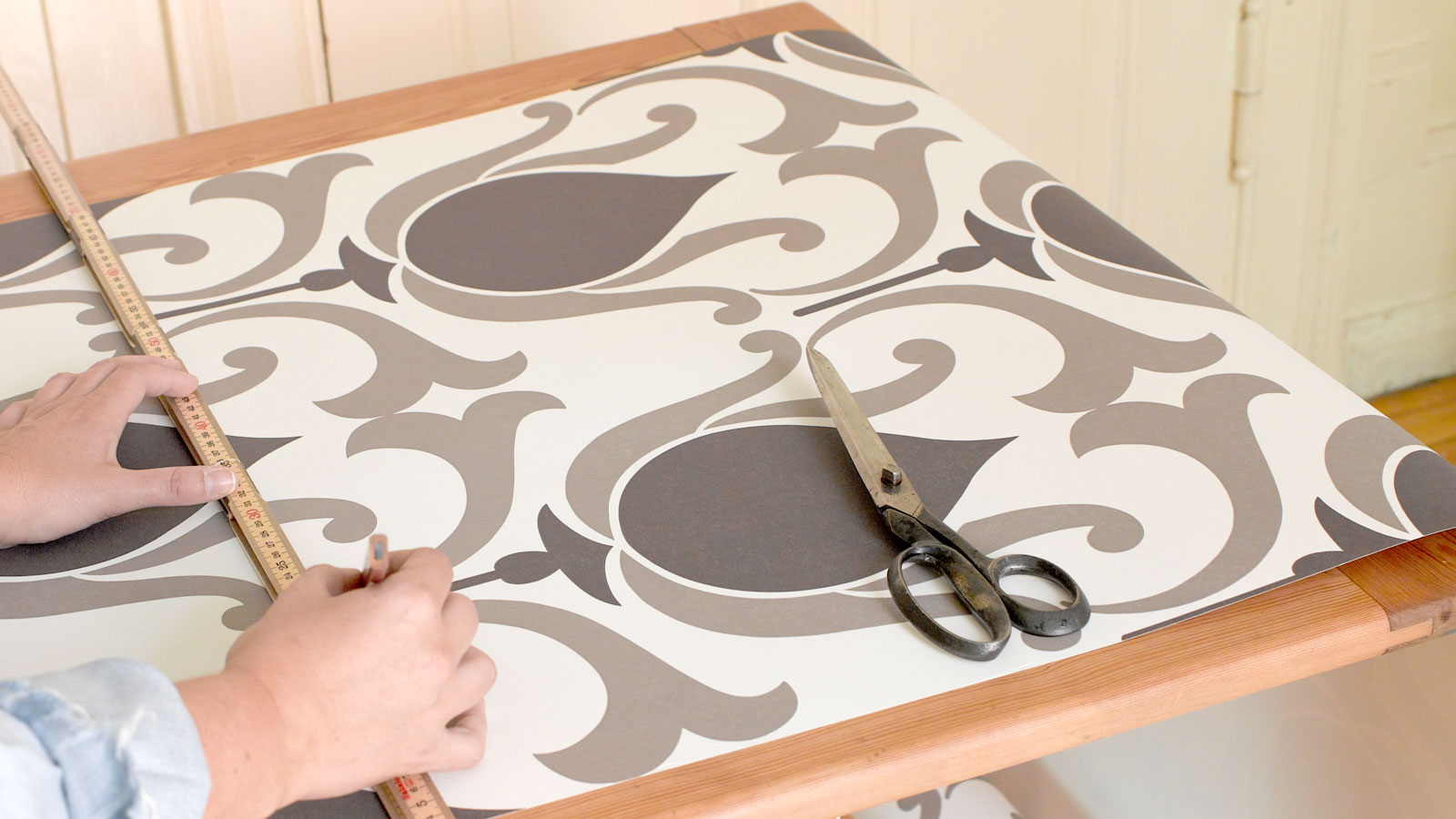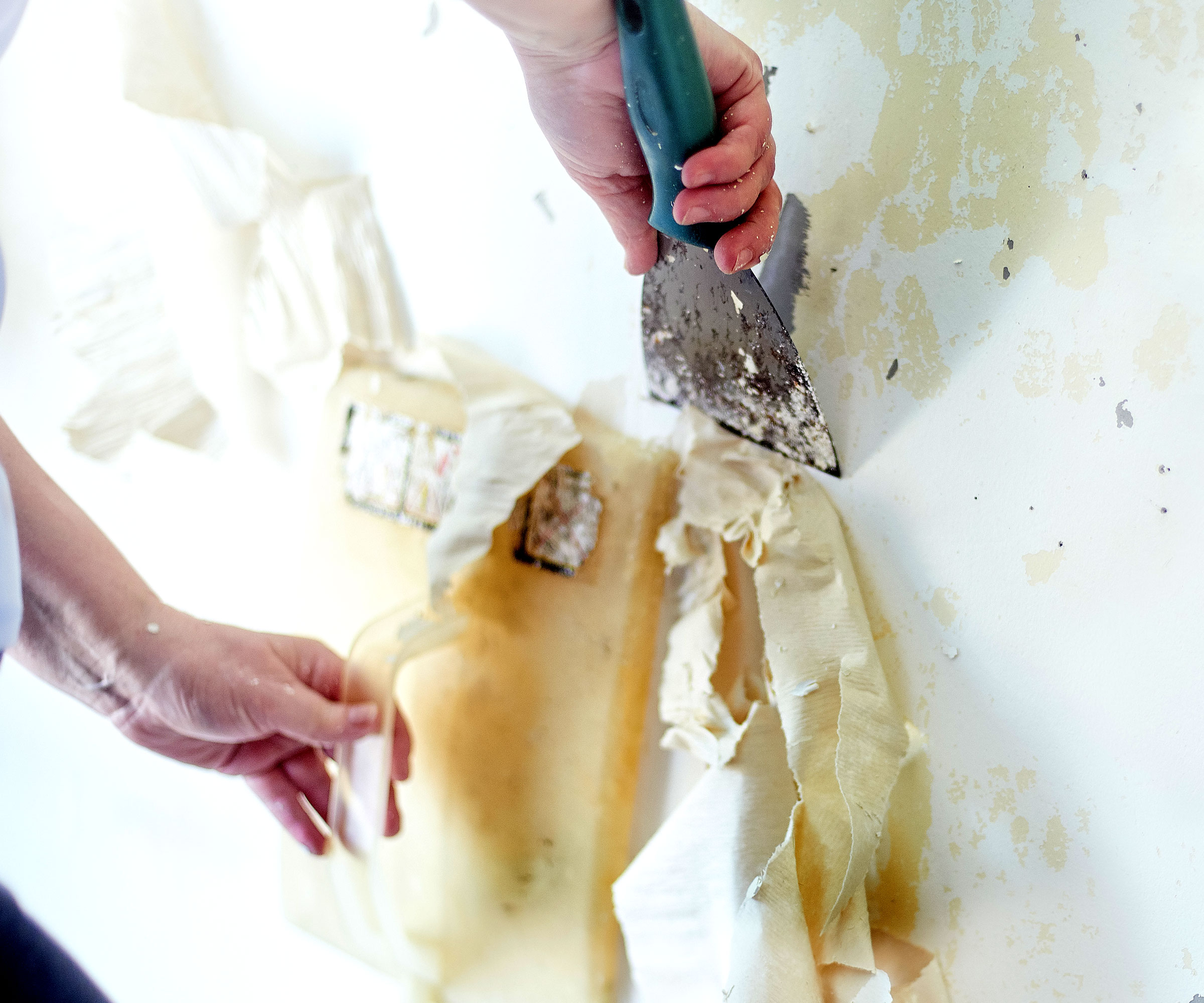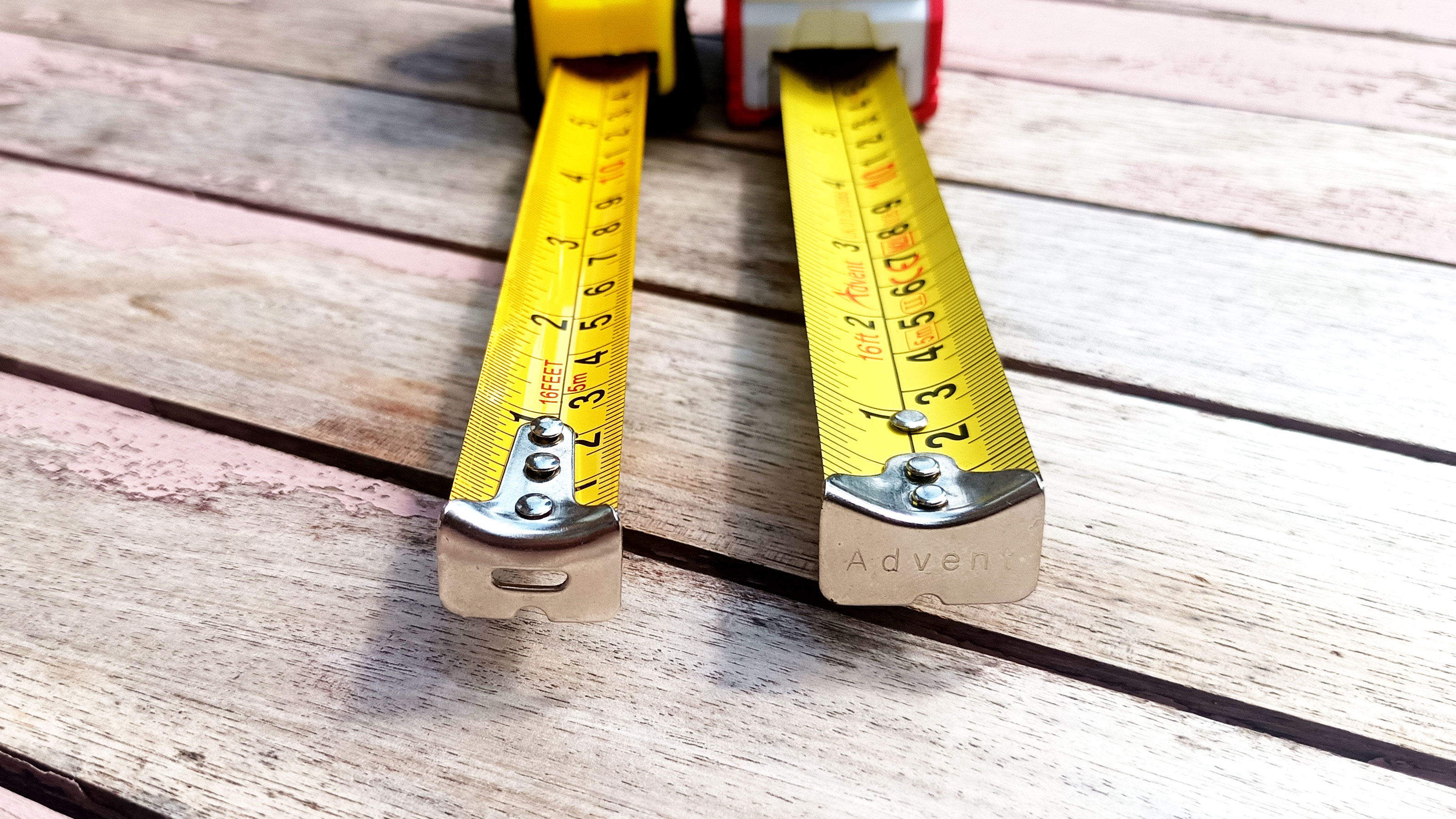11 wallpaper tools you'll need for a flawless finish when wallpapering
Add these essential wallpaper tools to your DIY arsenal to make sure your plain, patterned or specialist finish wallpaper will be easy to apply and look great

Without the right wallpaper tools your next decorating project could be a lot more difficult and time consuming than you want it to be. Any DIY project needs the right equipment to succeed and when it comes to hanging wallpaper you can’t cut corners.
If you want to know how to wallpaper like a pro you will need the tools that the pros use. But don’t panic, getting your hands on the tools won't break the bank. You can get everything you need for a very reasonable price and the tools will be with you for years to come if you look after them properly.
Wallpaper tools to remove and hang wallpaper
Check out the must-have tools you’ll need for removing old wallpaper and hanging new wallpaper.
1. Wallpaper steamer
If you’ve got a single layer – or even layers of caked on wallpaper – the quickest and easiest option for removing wallpaper is with the assistance of a wallpaper steamer like this BLACK+DECKER Wallpaper Steamer Stripper from Amazon.
Simply press the steaming pad onto the wall and leave until the wallpaper has been dampened enough to remove easily. Move onto the next section and remove the wallpaper with your free hand and a scraper.
2. Wallpaper scraper
A scraper is a key component in physically removing wallpaper from a wall or ceiling. There are several options here depending on how difficult the wallpaper is to remove. For general removal a set of scrapers like these WORKPRO Wallpaper Scrapers from Amazon will suffice.
But if you’ve got stubborn, difficult to shift wallpaper you want to invest in a heavy duty wallpaper scraper like his Stanley Heavy Duty Long Handle Scraper from Amazon. The long handle and larger blade means you can reach further and remove more wallpaper.

3. Knife or wallpaper scorer
Scoring wallpaper before steaming or dampening helps water get under the wallpaper to soften the glue and loosen the paper. A sharp utility knife can be used, but you need to be careful not to cut into the wall under the paper.
An alternative is to use a wallpaper scorer like this Stanley Maxi Orbital Wallpaper Scorer from Amazon. This gives more consistent scoring marks.
4. Step ladder or platform
Typically wallpaper runs from ceiling to floor which means most of us can’t reach the top of the wall to remove or hang wallpaper properly. To get the desired height you can use a step ladder or a hop up platform like this Excel Fibreglass Folding Hop Up Platform from Amazon. It has a platform height of 48 cm and a depth of 30 cm and folds away when not in use.
5. Dust sheets
Keep it clean with dust sheets. Removing wallpaper can leave behind a lot of mess which is easier and quicker to clean up with dust sheets like these Hinrichs 8-Pack Plastic Dust Sheets from Amazon. Fold them up and empty stray wallpaper and rubbish straight into a bin.
6. Pasting table
If you’re hanging wallpaper then you need a pasting table. You can purchase a budget wooden wallpaper pasting table like this B&Q Foldable Pasting table if you don’t do a lot of wallpapering.
But they are susceptible to moisture and can expand and attract dirt if not maintained regularly. Invest in a heavy duty plastic pasting table if you wallpaper on a regular basis.
7. Plumb bob or spirit level
Before you hang a single sheet of wallpaper you need to start in the right place and make sure you have a straight vertical line. A plumb bob like this Harris Seriously Good Plumb Bob from Amazon is a traditional tool to create a vertical line. Alternatively you can use a long spirit level to draw a straight vertical line.
8. Wallpaper brushes
You will need two brushes when wallpapering – a pasting brush like this JKG Large Emulsion Paste Brush from Amazon and a wallpaper hanging brush like this from Harris Seriously Good Wallpaper Paperhanging Wallpapering also from Amazon.
Alternatively, you can use a four inch paintbrush to apply paste, but a pasting brush applies more paste and spreads evenly and quickly. A hanging brush is essential for getting rid of bubbles in wallpaper and making sure you get a flat smooth finish.
9. Wallpaper scissors
To get crisp clean cuts and neat straight edges you need a pair of wallpaper scissors like these Coral Endurance Scissors from Amazon are essential. The sharp long blades mean less cuts are needed helping to create straight cuts.
10. Seam roller
The edges of wallpaper are often the area that struggle to stick to the wall. To make sure that you get a strong tight fit so there is less chance of the wallpaper lifting you can use a seam roller like this ProDec Rosewood Seam Roller from Amazon after putting up a drop. They also help keep the edges flat and bring seams together where they may be small gaps.
11. Tape measure
A standard 5m tape measure like this Stanley Tape measure 5m from B&Q is a tool every DIY decorator needs. Use it to help measure where your starting point will be for your first drop and the length of a drop – remember to add at least 10 cm each end.

Ready to start hanging wallpaper? Follow our wallpapering a chimney breast, how to wallpaper corners and how to wallpaper around a window guides to discover the techniques needed to tackle those not so easy to wallpaper areas.
Get the Homebuilding & Renovating Newsletter
Bring your dream home to life with expert advice, how to guides and design inspiration. Sign up for our newsletter and get two free tickets to a Homebuilding & Renovating Show near you.
Steve Jenkins is a freelance content creator with over two decades of experience working in digital and print and was previously the DIY content editor for Homebuilding & Renovating.
He is a keen DIYer with over 20 years of experience in transforming and renovating the many homes he has lived in. He specialises in painting and decorating, but has a wide range of skills gleaned from working in the building trade for around 10 years and spending time at night school learning how to plaster and plumb.
He has fitted kitchens, tiled bathrooms and kitchens, laid many floors, built partition walls, plastered walls, plumbed in bathrooms, worked on loft conversions and much more. And when he's not sure how to tackle a DIY project he has a wide network of friends – including plumbers, gas engineers, tilers, carpenters, painters and decorators, electricians and builders – in the trade to call upon.

